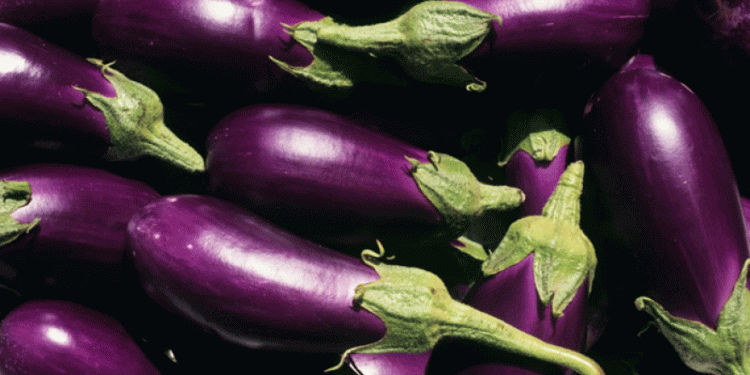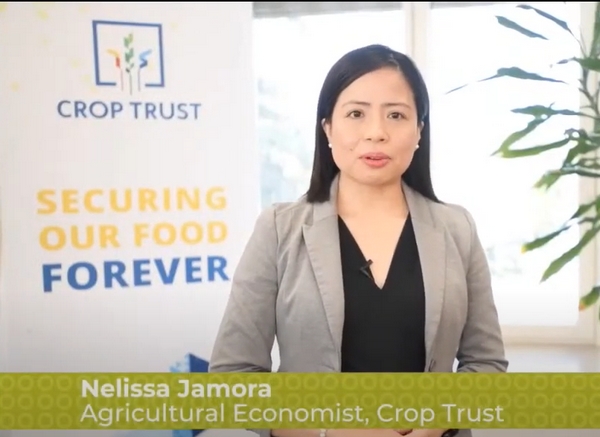In recent years, Russia’s agricultural sector has undergone significant transformation, with greenhouse vegetable production at the forefront of this growth. According to Sergey Dankvert, the head of Rosselkhoznadzor (Russia’s Federal Service for Veterinary and Phytosanitary Surveillance), Russian greenhouse-grown vegetables are increasingly competing with European products. Dankvert’s statement, reported by RBC, highlights the potential for Russian produce to challenge the dominance of European suppliers in key markets.
One of the key drivers behind this shift is Russia’s focus on self-sufficiency. Over the past decade, the country has invested heavily in its agricultural sector, particularly in greenhouse farming. The results are evident: imports of vegetables such as cucumbers from countries like Iran have dramatically decreased, while Russian production has surged. In fact, Russia has begun exporting greenhouse vegetables, including cucumbers, carrots, and onions, to Poland—a market traditionally dominated by European producers.
The numbers tell the story. Russia exported approximately 6,000 tons of carrots and onions to Poland, a notable achievement considering that, just a decade ago, the country was heavily reliant on imports for these products. The growing self-reliance in greenhouse vegetable production reflects a broader trend in Russian agriculture, where the focus has shifted from import dependence to export potential. Russia’s production of staple crops such as apples and potatoes has also seen significant increases, further reducing the need for foreign imports.
Dankvert emphasized that this growing export potential poses a challenge to European producers. With the rising cost of production in Europe due to energy prices, labor costs, and stringent environmental regulations, Russian vegetables are becoming increasingly competitive. European consumers, facing higher food prices, may turn to more affordable Russian imports, which could disrupt the established market balance.
This trend could have far-reaching consequences for the European market. As Russian produce becomes more competitive, European growers may struggle to maintain their market share. The combination of lower production costs and improving quality standards in Russia gives Russian exporters a competitive edge. Additionally, the ongoing geopolitical dynamics between Russia and the European Union add another layer of complexity to trade relationships, potentially influencing market access and regulatory frameworks.
The rise of Russian greenhouse vegetable exports signals a significant shift in the European agricultural market. As Russia continues to increase its self-sufficiency in food production and strengthen its export capacity, European producers may find themselves facing stiff competition from their eastern neighbor. With lower production costs and a focus on quality, Russian vegetables are well-positioned to capture a growing share of the European market. The coming years will reveal how this competition unfolds and whether European producers can adapt to the new market realities.










